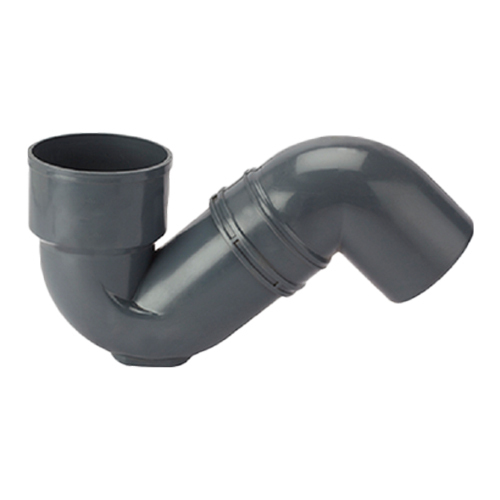What is Trap ? | Its 11 Types
Mostly in minds, questions occur what is trap? The short and simple answer is, “The trap is a plumbing device used to prevent bacteria, smell, and insects from entering our home.”
Every water fitting and appliance has a drain line to flow out the water, and we must have a trap in the pipe that seals the drain.

A seal is essential to keep the environment fresh and prevent the sewer gasses from entering the building. In addition, we can see traps equipped with varied plumbing fixtures such as toilets, sinks, washbasin, and bathtubs.
And with the help of several connections, we can install the trap, which is we generally locate within a plumbing fixture.
The traps are designed to prevent the sewer odors from entering the house through the plumbing fixture, and thy wastewater gives seal in traps.
We use fixtures every time and flush out the water forming the trap seal and replacing it with new water.
It is a carefully engineered system. The traps are designed to be self-scoring so that they do not collect debris yet retain water to form the seal. Therefore, the velocity with which waste moves through the trap is essential.
Types of traps
- Floor trap
- Gully trap
- P trap
- S trap
- Q trap
- Bottle trap
- Grease trap
- Bell trap
- Low-level bath trap
- Running trap
- Drum trap
1. Floor trap
A floor trap is provided on the floor to collect the water from the washroom—shower, sink, washbasin, etc.
These traps are available in UPVC and cast iron material and have removable grating on the top of the web. And the minimum depth of the water seal may be 50mm, 75mm, and 110mm.

2. Gully trap
It’s also known as G.T. A trap is provided outside the building before connecting it to the external sewerage line,
And gully traps also collected the wastewater from the sink, bath, kitchen, and was areas.
3. P trap
The p trap is used with the Indian water closet.
Traps are made from UPVC or cast-iron sheets.
P trap also has a water seal and prevents entry of foul gases into the home.
4. S trap
S trap is similar to p. Trap, and it is used for fixing the closest water in toilets.
The only difference between the s and p trap is that the p traps are used for the outlet through the wall, whereas S-traps are used for the outlet through floors.
5. Q trap
Q- trap is used in toilets for underwater closets. This trap is almost similar to a strap, and it is
They are used in the upper story of the home and other than the ground floor.

6. Bottle trap
In a bottle trap, the water pipe is fitted horizontally, and we need to unscrew the bottom to clean it. Its ideal to be installed in limited spaces,
This type of trap is widely utilized at pedestal-mounted sinks and also bains to trap foul gasses.
7. Grease trap
Grease traps are handy for food processing units as the traps are specially designed to collect the grease content, and it is straightforward to clean grease traps from the surface.
And design works evidentially to intercept the most solid contents and grease entering the water disposal system.
8. Bell traps
These types of traps are designed for use in the patio, garage, or other outdoor services.
The water drains into the well in drain units, and that serves as a trap to contain the sewer gas.
9. Low-level bath trap
These types of traps are designed to fit into the tight spaces under the shower trays and baths.
The seal on these will only be thirty-eight-mile meters. It means they can not be directly connected to the vent stack and soil.

10. Running traps
We might see these traps in public where one running trap is used for the range of untrapped washbasins. And on domestic installation, the running traps could be used where the S trap or P trap arrangement is impossible.
These types of traps are sometimes used with washing machine waste outlets or for dishwashers.
11. Drum trap
These types of traps resemble metal drums. They are an essential part of the house plumbing system because their large opening allows it to more easily remove objects and locate what we require to withdraw from the plumbing system.
Drum traps also have large caps and allow us to insert into the trap plumbing snake easily to remove clogs in our drain.
Water from the drainpipe in our home flows into the trap to the bottom of the web and then exits at the top of the trap leaving solid objects behind.
Because always water remains in the trap, blocking the sewer gases from leaking into our house through this trap.
We Love Cricket